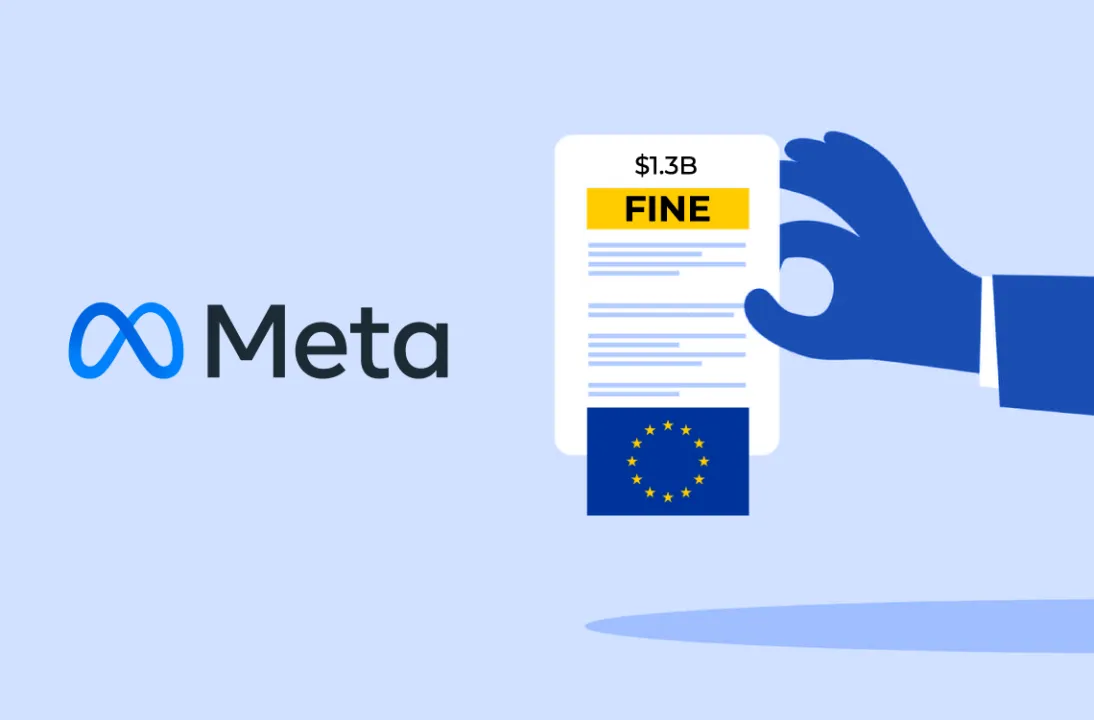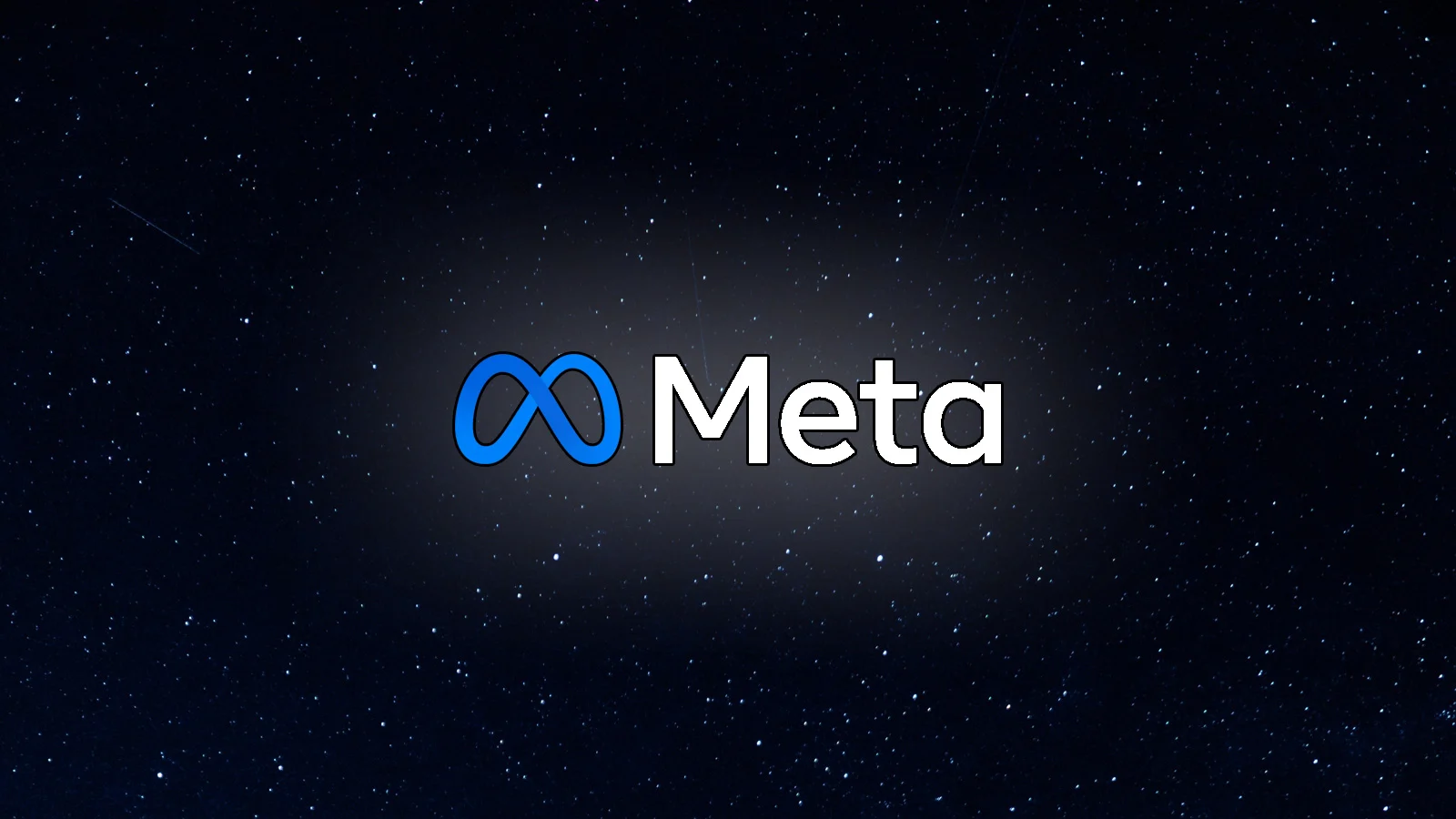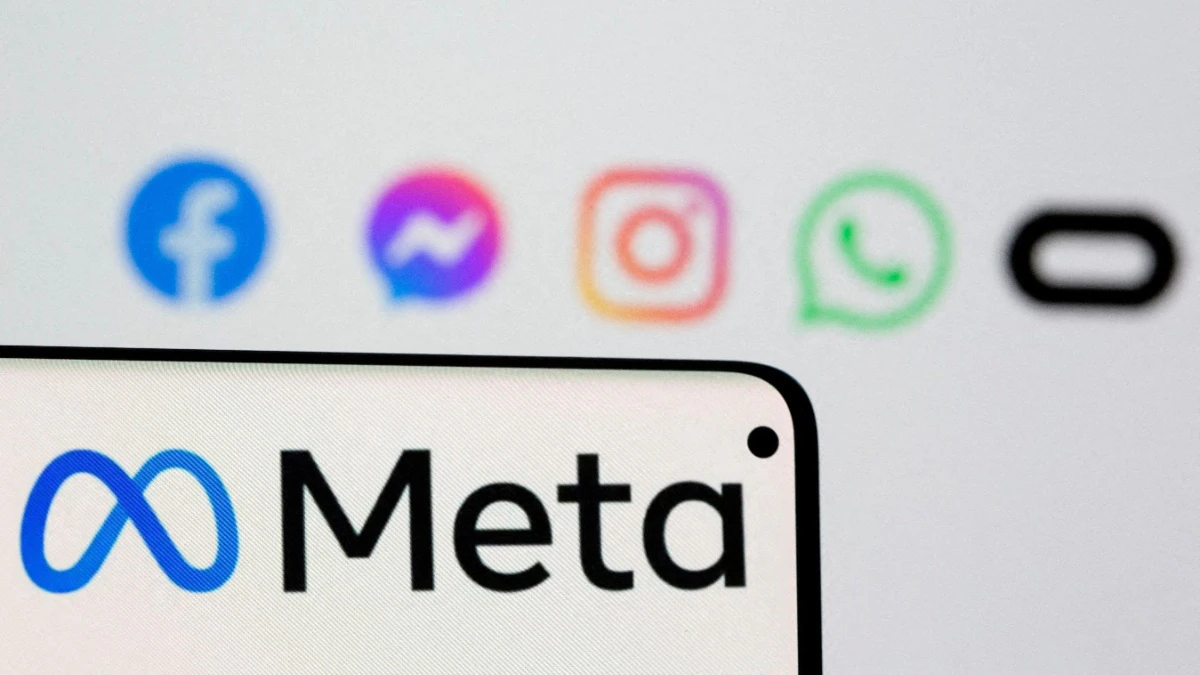As Meta rolls out new generative AI features across its platforms, user data is increasingly under the microscope. The recent update to Meta’s privacy policy, particularly in Europe, has ignited discussions around digital privacy rights and the extent to which our online interactions are used to fuel AI advancements. Here, we’ll explore how your data is utilized by Meta, what the updates entail, and practical steps to safeguard your privacy.

Understanding Meta’s Use of User Data
Meta’s AI models, integral to features on Facebook, Instagram, WhatsApp, and Messenger, are trained using a vast array of user-generated content. According to their privacy policy update, this includes posts, photos, and their captions—but notably excludes private messages. The policy clarifies that this data helps train AI to understand and interact more effectively with user content.
A spokesperson from the company highlighted that these notifications are part of their commitment to comply with local privacy laws, such as the GDPR in Europe. Philip Bloom, a user from the UK, noted that these changes are slated to become active on June 26, 2024. However, it’s essential to recognize that users in the U.S. might not receive such notifications, though the policy is already applicable.

The Challenge of Opting Out
For those in the UK and EU, the right to object provides a legal avenue to opt out of having their data used for AI training. Yet, as user Tantacrul points out, the process is far from straightforward.
“I’m legit shocked by the design of @Meta’s new notification informing us they want to use the content we post to train their AI models,” Tantacrul tweeted. The design, he argues, seems “intentionally awkward” to minimize the number of users who might opt out.
How to Limit Data Sharing with Meta
Completely cutting ties with data sharing requires deleting your Meta accounts, a drastic step. However, several less radical measures can also help control how much data you share:
- Reviewing Third-Party Data Permissions: The only explicit method to handle data shared by third parties for AI improvement at the company involves accessing, correcting, or deleting such information. While these forms don’t allow for a direct opt-out of data sharing, they do offer avenues for addressing specific concerns related to third-party data.
- Adjusting ‘Activity off Meta’ Settings: This feature allows users to manage which external sites and apps can share data with the company. By choosing “Disconnect future activity,” you can prevent external data from being used in conjunction with the company’s platforms moving forward.

Questions Remain
Despite these settings, it’s unclear how these measures impact the data Meta uses internally to train its AI models. The nuances of the company’s internal data use versus third-party data sharing remain a grey area, underscoring the need for more transparent privacy practices.

Looking Forward
As AI technologies evolve, so too does the need for robust privacy measures. Meta’s current approach presents a complex landscape for users who wish to maintain control over their digital footprints. We’ve reached out to the company for further clarification on these issues and will update our readers as more information becomes available.
In an era where digital privacy is increasingly precious, understanding and navigating these settings is crucial. While the perfect solution remains elusive, taking proactive steps to manage your data settings can help safeguard your personal information against unwanted use.










